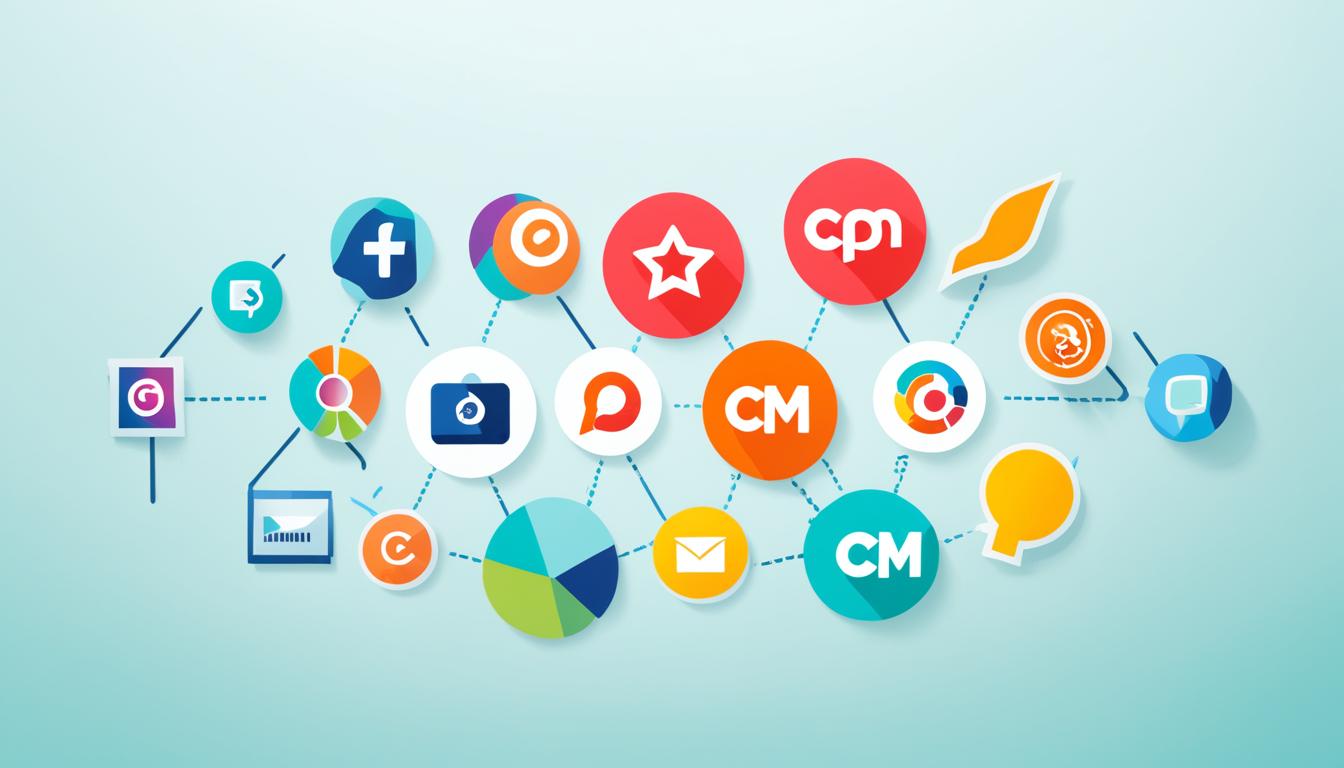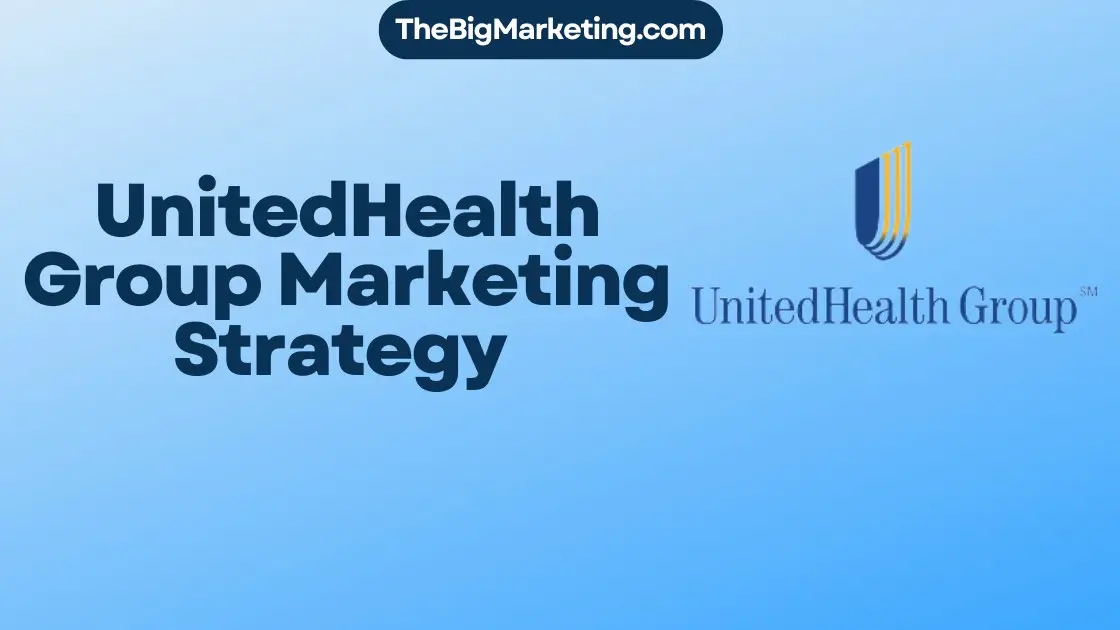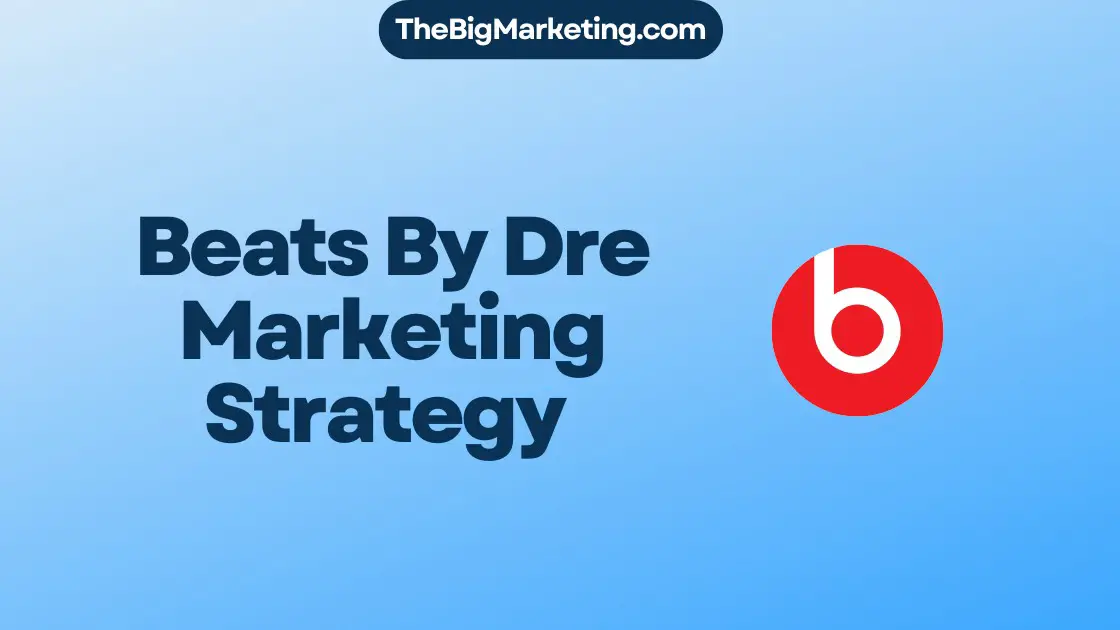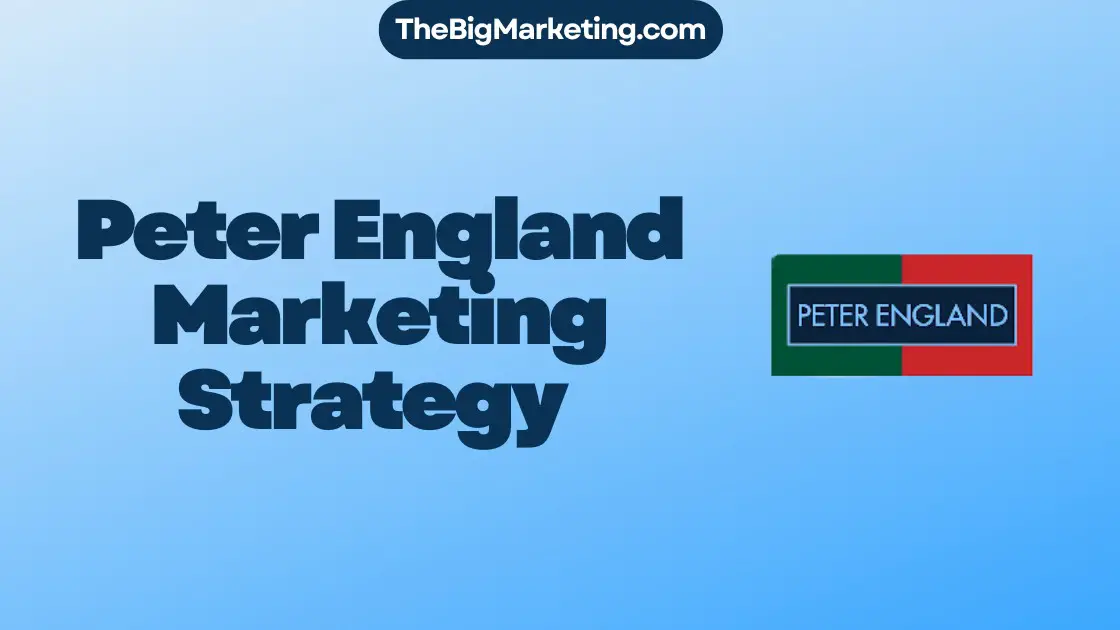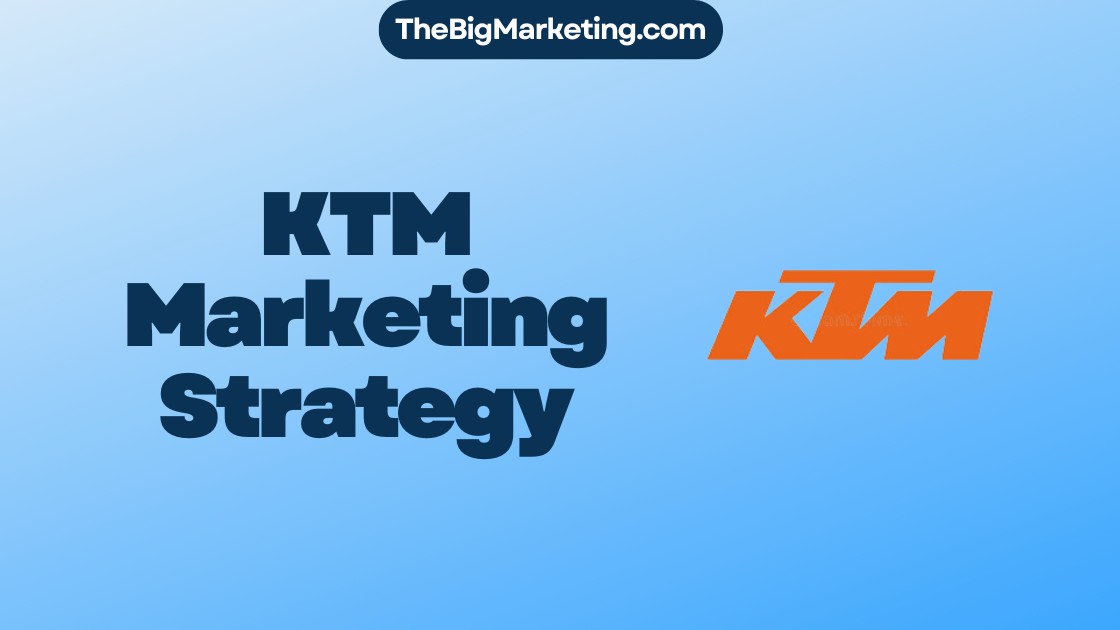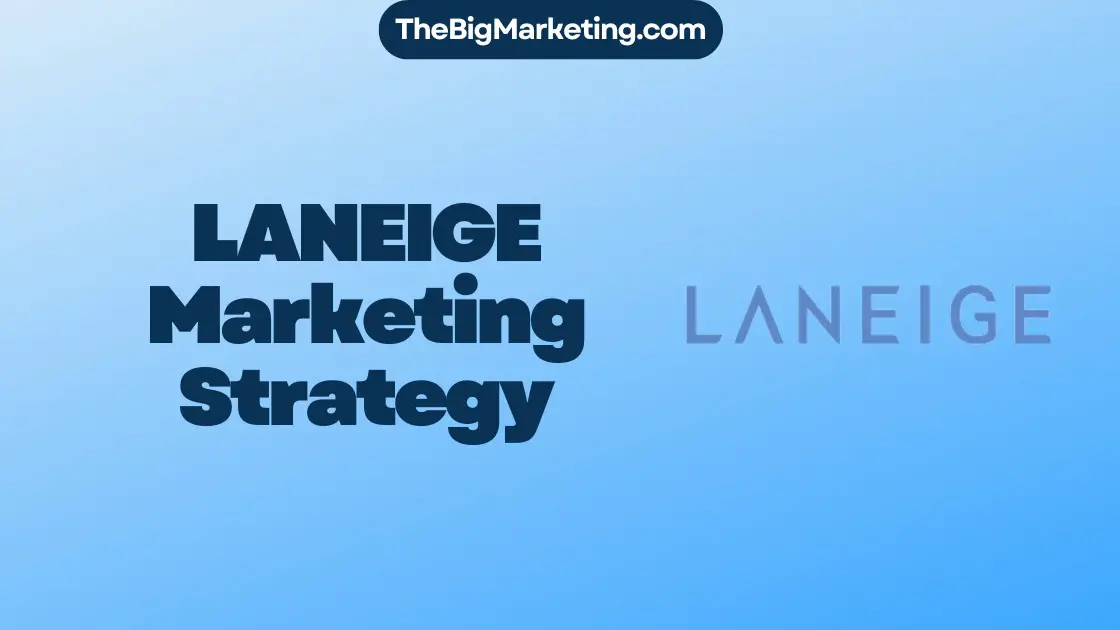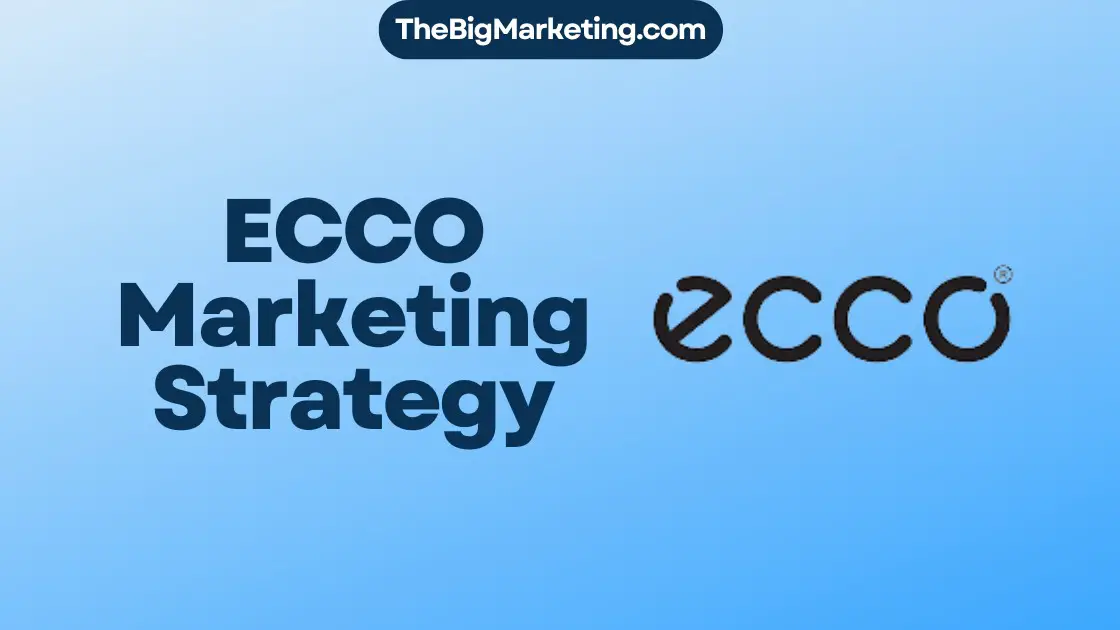A control group, also known as a holdout group, is a subset of customers or participants who are not exposed to a specific marketing campaign or treatment. In marketing, control groups are used to measure the incremental impact or uplift of a campaign on key performance indicators (KPIs). They provide a comparison group against which the effectiveness of a campaign can be measured.
By using control groups, marketers can assess the true impact of their campaigns, reduce cannibalization of sales, and identify changes in customer behaviors that may require adjustments to marketing strategies and campaigns.
Key Takeaways:
- A control group in marketing refers to a subset of customers or participants who are not exposed to a specific marketing campaign or treatment.
- Control groups help measure the incremental impact of a campaign on key performance indicators (KPIs) and provide a benchmark for campaign effectiveness.
- Using control groups in marketing allows for accurate measurement of campaign impact and insights into changes in customer behaviors.
- Control groups help reduce cannibalization of sales and guide adjustments to marketing strategies and campaigns.
- Creating a control group involves careful selection and randomization to ensure representativeness and validity of results.
The Role of Control Groups in Marketing Campaigns
Control groups play a crucial role in marketing campaigns as they provide a baseline for measuring the effectiveness of marketing efforts. By comparing the responses of the control group, which does not receive the campaign, with the test group, marketers can accurately measure the impact of their campaigns on specific audiences.
Control groups help measure meaningful key performance indicators (KPIs), such as response rates and return on investment (ROI), to assess the incremental impact of campaigns. This data enables marketers to gain valuable insights into the effectiveness of their marketing strategies and make data-driven decisions for optimizing future campaigns.
Measuring campaign effectiveness with control groups is particularly important as it allows marketers to validate the success of their campaigns, identify areas for improvement, and allocate marketing budgets more efficiently. Without control groups, it would be challenging to determine the true impact of a campaign and distinguish it from external factors that may influence customer behavior.
Using control groups in campaign measurement offers marketers the following advantages:
- Accurate Measurement: Control groups provide a clear benchmark for comparing the performance of the test group and assessing the true impact of a campaign on key metrics.
- Data-Driven Optimization: Insights from control groups enable marketers to identify areas for improvement, optimize campaign strategies, and allocate resources effectively based on campaign effectiveness.
- Targeted Audience Insights: By comparing control group responses with the test group, marketers can gain valuable insights into the incremental impact of campaigns on specific audience segments.
To illustrate the importance of control groups in campaign measurement, consider the following example:
| Group | Response Rate | ROI |
|---|---|---|
| Control Group | 5% | 3.2 |
| Test Group | 9% | 4.6 |
In this hypothetical scenario, the control group has a response rate of 5% and an ROI of 3.2, while the test group has a response rate of 9% and an ROI of 4.6. By comparing these metrics, marketers can determine that the campaign had an incremental impact of 4% on the response rate and an incremental ROI of 1.4.
Using control groups in marketing campaigns is essential for accurate measurement, optimization, and deeper insights into the effectiveness of campaigns. Marketers can leverage control groups to make data-driven decisions and ensure their marketing efforts deliver maximum impact.
Benefits of Using Control Groups in Marketing
Utilizing control groups in marketing campaigns offers numerous advantages and benefits. This section explores the positive impact control groups have on improving campaign effectiveness and audience targeting.
Accurate Measurement of Campaign Impact
The primary benefit of employing control groups is the ability to accurately measure the impact of marketing campaigns. By comparing the responses of the control group, which does not receive the campaign, with the test group, marketers gain valuable insights into the effectiveness of their campaigns.
This data-driven approach allows marketers to make informed decisions regarding campaign optimization. By understanding the true impact of their efforts, marketers can fine-tune their strategies and adjust their tactics to maximize results.
Refined Audience Targeting
Control groups also play a vital role in refining audience targeting. By analyzing the responses of the control group and comparing them to the test group, marketers can identify changes in customer behaviors and preferences.
This valuable information helps marketers adjust their campaigns to better target specific audience segments. By tailoring their messaging and strategies to resonate with specific groups, marketers can optimize their marketing efforts and improve campaign performance.
Enhanced Campaign Optimization
By utilizing control groups, marketers gain a deeper understanding of their campaign’s impact, allowing for more effective optimization. Identifying the key drivers behind campaign success or failure enables marketers to make data-driven adjustments to their strategies.
With insights gained from control groups, marketers can refine their targeting, messaging, and offer to better align with the preferences and behaviors of their audience. This leads to increased campaign effectiveness and improved overall marketing performance.
Improved Decision-making
Control groups provide marketers with accurate and reliable data to support their decision-making process. By comparing the performance of the control group to the test group, marketers can confidently assess the effectiveness of their campaigns.
This data-driven approach removes guesswork and allows marketers to make informed decisions based on empirical evidence. By relying on control groups, marketers mitigate the risks associated with subjective decision-making and optimize their resources for maximum impact.
Visual Representation of the Benefits of Control Groups in Marketing
The visual representation above showcases the benefits of using control groups in marketing. It demonstrates how control groups provide valuable insights, support data-driven decision-making, enhance audience targeting, and optimize campaign effectiveness.
Using Control Groups to Reduce Cannibalization
In the world of marketing, cannibalization refers to a phenomenon where customers who were not part of a specific campaign end up making purchases anyways. This can result in a misattribution of sales and inaccurate measurement of campaign effectiveness. However, control groups provide a solution to this problem by allowing marketers to isolate the true impact of their campaigns and reduce cannibalization.
By excluding a portion of their audience from a campaign, marketers can compare the behavior and purchasing patterns of the control group with the test group. This enables them to determine whether the campaign is genuinely driving incremental sales or if those sales would have happened anyway. The use of control groups helps optimize marketing spend, avoid unnecessary costs, and gain a deeper understanding of the true impact of marketing efforts.
Implementing control groups is especially crucial in industries where multiple campaigns or promotions are running simultaneously. Without the use of control groups, it becomes challenging to accurately attribute sales to specific campaigns and measure their individual contributions. By leveraging control groups, marketers can gain valuable insights into the effectiveness of their marketing strategies and make informed decisions.
The Impact of Control Groups on Sales
Control groups provide marketers with a clear understanding of the incremental impact their campaigns have on sales. By comparing the sales performance of the control group with the test group, they can calculate the uplift generated by the campaign. This uplift represents the additional sales that can be directly attributed to the campaign.
Without control groups, it becomes challenging to differentiate between sales that would have occurred naturally and those influenced by the campaign. This is particularly important in situations where multiple marketing activities are happening simultaneously, as it helps identify the specific contribution of each campaign in driving sales.
Additionally, control groups enable marketers to analyze the overall impact of their campaigns on the customer journey. By understanding how campaigns influence different stages of the customer journey, marketers can optimize their marketing strategies to drive higher conversion rates and boost overall sales.
Reducing Cannibalization with Control Groups
Cannibalization can significantly affect marketing performance by distorting the measurement of campaign effectiveness. However, control groups offer a solution to reduce cannibalization and gain a more accurate assessment of the impact of marketing activities.
By excluding a portion of the audience from a campaign, marketers can isolate the effect of the campaign from the natural purchasing behavior of customers. This enables them to identify the incremental sales generated solely by the campaign and avoid falsely attributing sales to other factors.
Reducing cannibalization through the use of control groups also helps marketers optimize their marketing spend. By understanding the true impact of campaigns, they can allocate resources more effectively, investing in activities that generate the highest return on investment.
In conclusion, control groups play a vital role in marketing by allowing marketers to reduce cannibalization and accurately measure the impact of their campaigns. By implementing control groups, marketers can gain valuable insights into the effectiveness of their strategies, optimize their marketing spend, and make data-driven decisions to drive business growth.
Strategies for Creating Control Groups in Marketing
When it comes to creating control groups in marketing, there are several strategies that can be employed to ensure accurate and meaningful results. Considerations such as the size of the target segment and the expected response rate play a crucial role in determining the size of the control group. Additionally, randomness in control group selection is vital to ensure the representation of the entire target segment. Dividing the segment into micro-segments and selecting customers at random from each micro-segment helps achieve a representative control group.
Let’s delve deeper into these strategies:
1. Control Group Size
The size of the control group depends on various factors, including the size of the target segment and the expected response rate. Smaller campaigns may require a larger control group to ensure statistical significance, whereas larger campaigns can have a smaller control group. It is essential to strike a balance between having a control group large enough to draw meaningful conclusions and one that does not hinder the campaign’s overall performance.
2. Randomness in Control Group Selection
To ensure the representation of the entire target segment, randomness in control group selection is crucial. By randomly assigning customers to the control group, marketers can minimize the risk of bias and achieve a more accurate comparison between the control and test groups. This helps in obtaining unbiased insights into the true impact of a marketing campaign.
3. Dividing into Micro-Segments
When the target segment is large and diverse, dividing it into smaller micro-segments can aid in creating a more representative control group. By selecting customers at random from each micro-segment, marketers can ensure that the control group is a fair representation of the entire target audience. This approach allows for a comprehensive analysis of the campaign’s effectiveness across different customer segments.
Implementing these strategies will help marketers create robust control groups that accurately measure the impact of their marketing campaigns. Let’s now visualize the data through a table that showcases the effectiveness of control group selection strategies:
| Control Group Strategy | Benefits |
|---|---|
| Control Group Size Optimization | Ensures statistical significance and accurate insights |
| Randomness in Selection | Reduces bias and provides unbiased campaign performance evaluation |
| Micro-Segment Division | Represents diverse customer segments for comprehensive analysis |
When Control Groups are Recommended but Not Necessary
Control groups are an essential tool in marketing campaigns for measuring campaign effectiveness and making data-driven decisions. However, there are situations where control groups may not be necessary. Let’s explore some exceptions to using control groups in marketing.
- Reminder campaigns targeted to the initial test group: In cases where a campaign’s purpose is to remind the initial test group about a specific offer or action, a control group may not be necessary. The goal of these campaigns is to prompt action among the test group and not to measure the incremental impact on key performance indicators (KPIs).
- Non-trackable campaigns: Some marketing campaigns, such as print advertisements or offline events, may not have reliable tracking mechanisms. In such cases, it can be challenging to measure the impact of the campaign accurately or create a control group. These situations may not warrant the use of control groups.
- Educational campaigns with uniform content: In certain instances, marketing campaigns may aim to educate customers about a particular topic or product without any variations in content or offers. In these cases, providing the same information to all customers eliminates the need for a control group.
While these situations may not require control groups, it is essential to use control groups intermittently across campaigns to ensure insights remain valid and track the overall effectiveness of marketing efforts. Even when control groups are not necessary in specific scenarios, they remain a valuable tool for measuring campaign impact and guiding strategic decision-making in other situations.
| When Control Groups are Not Necessary | Exceptions to Using Control Groups |
|---|---|
| Reminder campaigns targeted only to the initial test group | Non-trackable campaigns |
| Educational campaigns with uniform content |
Selecting the Optimal Control Group Size
When it comes to conducting effective marketing experiments, selecting the optimal control group size is crucial. The control group size influences the reliability and statistical significance of the results obtained. Several factors need to be considered while determining the size of the control group.
Factors Influencing Control Group Size Selection
The following factors play a significant role in determining the optimal control group size:
- Business Assumptions: Initial assumptions about the expected impact of a marketing campaign can influence the size of the control group. Larger anticipated impacts may require a smaller control group, whereas smaller expected impacts may necessitate a larger control group.
- Site Traffic: The amount of traffic on the marketing site also affects the control group size. A larger control group might be required to achieve statistical significance if the site has relatively lower traffic. Conversely, for sites with higher traffic, a smaller control group can still yield valid results.
- Statistical Significance: Ensuring that the results obtained are statistically significant is of utmost importance. A control group size must be chosen to minimize the margin of error and produce reliable findings.
To make informed decisions about the control group size, marketers must carefully consider these factors and strike an appropriate balance between practicality and statistical accuracy.
Factors Influencing Control Group Size
| Factors | Influence on Control Group Size Selection |
|---|---|
| Business Assumptions | Impact the size based on anticipated campaign effects |
| Site Traffic | Affects the control group size to achieve statistical significance |
| Statistical Significance | Determines the margin of error and reliability of results |
By taking these factors into account, marketers can ensure that their experiments yield meaningful and actionable insights that drive effective marketing strategies.
Mechanism of Control Group Allocation
Control groups play a crucial role in marketing campaigns by providing a benchmark for measuring campaign effectiveness and identifying areas for optimization. To ensure the integrity of control group results, a random assignment mechanism is used for control group allocation. This mechanism eliminates bias and ensures that the control group is representative of the target segment.
One method of control group allocation involves the use of a traffic dispatcher, such as the Dynamic Content (DC) template. The traffic dispatcher intelligently allocates users to either the control group or the target group. By using JavaScript, webpages can be dynamically updated based on predefined user allocations.
This mechanism allows for accurate tracking of control group responses and enables marketers to measure the true impact of their campaigns. By tracking user behavior and responses, marketers can gain valuable insights into the effectiveness of their marketing strategies and make data-driven decisions.
Benefits of Mechanism of Control Group Allocation
- Unbiased Results: Random assignment ensures that the control group is not influenced by any external factors, providing unbiased results for campaign measurement.
- Accurate Tracking: The use of a traffic dispatcher and JavaScript enables precise tracking of control group responses, allowing marketers to measure the true impact of their campaigns.
- Data-driven Decisions: By analyzing control group responses, marketers can make informed decisions about their marketing strategies and optimize their campaigns for better results.
In summary, the mechanism of control group allocation, through random assignment and the use of a traffic dispatcher, ensures unbiased and accurate results for campaign measurement. This mechanism plays a pivotal role in enabling marketers to make data-driven decisions and optimize their marketing strategies for maximum effectiveness.
Combining Control Groups with AB Testing
AB testing, also known as split testing, is a powerful technique used in marketing to compare the performance of different campaign versions. By testing multiple variations of a campaign, marketers can identify the most effective approach to engage their target audience. However, when combined with control groups, AB testing becomes even more valuable.
Control groups provide a benchmark against which the impact of different campaign versions can be measured. By having a group that does not receive any campaign intervention, marketers can determine the incremental impact of their AB tests. This synergy between control groups and AB testing allows for a more accurate assessment of campaign performance and enables data-driven optimizations.
The optimization of marketing campaigns is the primary goal when combining control groups and AB testing. By comparing the responses of the control group with the test group, marketers can gain deeper insights into the effectiveness of their campaigns. They can analyze key performance indicators such as conversion rates, click-through rates, and overall campaign success.
Optimizing marketing campaigns is vital for businesses to maximize their return on investment (ROI). By leveraging the combined power of control groups and AB testing, marketers can iterate and refine their campaigns based on real-world data. This iterative approach allows for continuous improvement and optimization that leads to more efficient and effective marketing strategies.
It is important to note that control groups should be properly established and maintained during AB testing. The control group should remain unaffected by any variations and receive the default or standard version of the campaign. This ensures a fair comparison between different campaign versions and provides accurate insights into their impact.
By integrating control groups into the AB testing process, marketers can make informed decisions and optimize their marketing campaigns for better results. The combination of these two techniques allows for a more comprehensive analysis of campaign performance and provides valuable insights into the effectiveness of different campaign versions. Ultimately, optimizing marketing campaigns with control groups and AB testing helps businesses drive growth, increase customer engagement, and achieve their marketing objectives.
Hands-on Example: Using Control Groups and AB Testing for Abandoned Shopping Carts
An excellent way to understand the effectiveness of control groups and AB testing is by examining a real-life scenario involving abandoned shopping carts. This example will showcase how control groups and AB testing can be applied to optimize marketing strategies for cart recovery.
In this scenario, an e-commerce website wants to recover abandoned shopping carts by implementing a targeted email campaign. They create two groups: a control group and a target test group. The control group consists of users who will not receive any email communication, while the target test group will receive a well-crafted email reminding them about their abandoned carts and offering a discount.
The behavior and conversion rates of both groups are monitored and compared to determine the impact of the campaign on cart recovery. By analyzing the data, marketers can measure the effectiveness of the campaign in terms of cart recovery and understand the incremental impact it has on sales.
By using control groups and AB testing in this example, marketers can gain valuable insights into the campaign’s performance. They can determine if the targeted email campaign significantly increases the recovery of abandoned carts compared to the control group. This approach enables data-driven decision-making and the optimization of marketing strategies to maximize cart recovery rates.
Benefits of Using Control Groups and AB Testing for Abandoned Shopping Carts:
- Accurate measurement of the campaign’s impact on cart recovery
- Identification of the incremental impact of the email campaign on sales
- Insights into the effectiveness of different campaign variations
- Data-driven decision-making for optimization of marketing strategies
- Improved understanding of customer behavior and preferences
Overall, this example highlights how control groups and AB testing can be powerful tools in the optimization of marketing campaigns, specifically for cart recovery efforts. By dividing users into control and test groups, marketers can measure the impact of their campaigns and make data-driven decisions to improve their strategies.
Table: Comparison of Cart Recovery Rates between Control Group and Target Test Group
| Group | Number of Abandoned Carts | Number of Recovered Carts | Recovery Rate |
|---|---|---|---|
| Control Group | 100 | 20 | 20% |
| Target Test Group | 100 | 35 | 35% |
The table above demonstrates the comparison of cart recovery rates between the control group and the target test group. The target test group, which received the targeted email campaign, shows a higher recovery rate of 35% compared to the control group’s 20%. This indicates the positive impact of the email campaign in recovering abandoned carts.
Leveraging Machine Learning for Effective Segmentation
In today’s era of data-driven marketing, leveraging machine learning has become crucial for effective segmentation in marketing campaigns. By utilizing advanced algorithms to analyze vast amounts of customer data and behaviors, marketers can achieve more precise segmentation and personalized targeting.
Machine learning enables marketers to identify patterns, trends, and correlations in customer data that may not be apparent through traditional segmentation methods. This deep level of understanding allows for the creation of highly targeted and relevant marketing campaigns that resonate with specific customer segments.
With machine learning, marketers can develop predictive models that anticipate customer behaviors and preferences. By analyzing historical data, algorithms can identify key attributes and characteristics that influence customer engagement and conversion. This enables marketers to tailor their messaging and offers to each segment, increasing the effectiveness of their campaigns.
By harnessing the power of machine learning, marketers can also automate the segmentation process at scale. Algorithms can continuously analyze customer data in real-time, making it possible to adapt marketing strategies and campaigns on the fly. This agility ensures that marketing efforts remain aligned with evolving customer preferences and market dynamics.
The Benefits of Effective Segmentation with Machine Learning
- Improved Campaign Performance: Effective segmentation allows marketers to deliver highly relevant messages to their target audience, resulting in higher engagement and conversion rates.
- Enhanced Personalization: Machine learning enables marketers to create personalized experiences for customers by tailoring messaging, content, and offers based on their individual preferences and behaviors.
- Increased Customer Satisfaction: By delivering targeted and personalized campaigns, marketers can enhance the overall customer experience, leading to higher customer satisfaction and loyalty.
- Optimized Marketing Spend: Effective segmentation allows marketers to allocate their resources more efficiently by focusing on high-value customer segments, maximizing return on investment.
- Continuous Improvement: Machine learning enables marketers to continuously refine their segmentation models based on real-time data, ensuring ongoing optimization and performance improvements.
Overall, leveraging machine learning for effective segmentation empowers marketers to deliver highly targeted and personalized campaigns that drive better results. By combining machine learning with control groups and AB testing, marketers can optimize their marketing strategies and achieve significant improvements in campaign performance.
Conclusion
Control groups are a vital component of marketing campaigns, providing a benchmark for measuring the effectiveness of marketing efforts and identifying areas for optimization. By comparing the responses of the control group with the test group, marketers can accurately measure the incremental impact of their campaigns and make data-driven decisions.
One of the key benefits of using control groups is the ability to reduce cannibalization. By excluding a portion of the audience from a campaign, marketers can determine if the campaign is driving true incremental sales or if those sales would have happened anyway. This helps optimize marketing spend and avoid unnecessary costs.
Selecting the optimal control group size, implementing a random allocation mechanism, and combining control groups with AB testing are strategies that can maximize the effectiveness of marketing campaigns. By refining audience targeting, measuring campaign impact, and making data-driven optimizations, marketers can achieve better results and improve the overall performance of their campaigns.
